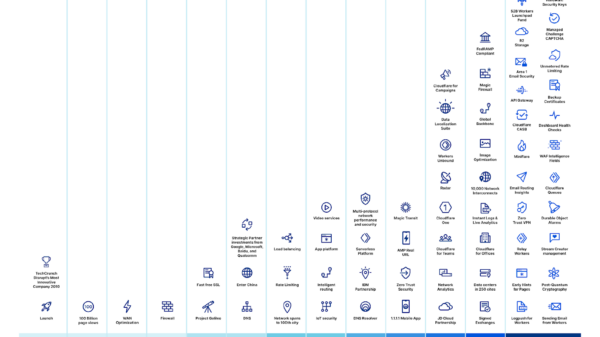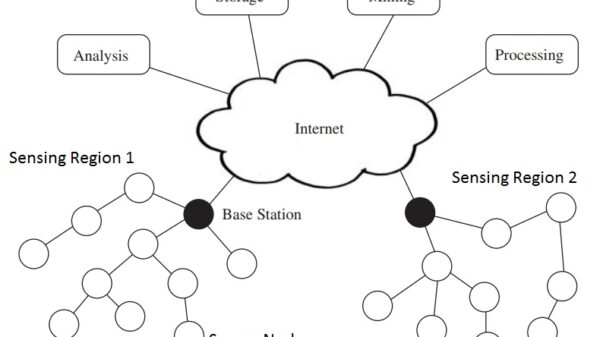Ethereum (ETH) is a decentralized, open-source blockchain system that features smart contract functionality. Launched in 2015 by Vitalik Buterin and a team of developers, Ethereum has grown to become the second-largest cryptocurrency by market capitalization, following Bitcoin. Unlike Bitcoin, which primarily serves as a digital currency, Ethereum’s primary purpose is to serve as a platform for decentralized applications (dApps) and smart contracts.
These smart contracts are self-executing contracts with the terms of the agreement directly written into code, allowing for trustless transactions and reducing the need for intermediaries. The market for ETH is characterized by its volatility, driven by various factors including technological advancements, regulatory developments, and market sentiment. The introduction of Ethereum 2.0, which aims to transition the network from a proof-of-work (PoW) to a proof-of-stake (PoS) consensus mechanism, has generated significant interest among investors.
This upgrade is expected to enhance scalability, security, and sustainability, potentially leading to increased adoption and higher prices. Additionally, the rise of decentralized finance (DeFi) applications built on the Ethereum blockchain has further fueled demand for ETH, as it is often required for transaction fees and staking within these platforms.
Choosing the Right Trading Platform
Selecting an appropriate trading platform is crucial for anyone looking to invest in ETH. The right platform can significantly influence the trading experience, affecting everything from transaction fees to user interface and security features. There are numerous exchanges available, each with its own set of advantages and disadvantages.
Ready to upgrade your trading game? Start trading ETH and access one of the most dynamic markets in crypto. Ethereum’s ecosystem powers DeFi, NFTs, and countless apps, keeping it relevant and active. On MEXC, you get a clean and efficient platform that supports real-time execution and risk management features. It’s a smart place to trade a smart coin.
For instance, centralized exchanges like Coinbase and Binance offer user-friendly interfaces and high liquidity but may require users to relinquish control of their private keys. On the other hand, decentralized exchanges (DEXs) like Uniswap and SushiSwap allow users to trade directly from their wallets, providing greater control over their assets but often at the cost of higher transaction fees during peak times. When evaluating trading platforms, it is essential to consider factors such as security measures, regulatory compliance, and customer support.
A platform that employs robust security protocols, such as two-factor authentication (2FA) and cold storage for funds, can help protect users from potential hacks. Additionally, regulatory compliance is vital; platforms that adhere to local laws and regulations can provide a safer trading environment. Customer support is another critical aspect; responsive support teams can assist traders in navigating issues that may arise during trading or account management.
Creating a Trading Strategy
Developing a well-defined trading strategy is fundamental for success in the volatile world of cryptocurrency trading. A trading strategy outlines the approach a trader will take when entering and exiting positions, helping to minimize emotional decision-making during market fluctuations. There are various strategies traders can adopt, including day trading, swing trading, and long-term investing.
Day trading involves making multiple trades within a single day to capitalize on short-term price movements, while swing trading focuses on holding positions for several days or weeks to benefit from medium-term trends. Long-term investing typically entails buying and holding ETH for an extended period, based on fundamental analysis and long-term growth potential. In addition to choosing a trading style, traders should also consider incorporating technical analysis into their strategy.
This involves analyzing price charts and using indicators such as moving averages, Relative Strength Index (RSI), and Fibonacci retracement levels to identify potential entry and exit points. Fundamental analysis should not be overlooked either; understanding the underlying technology of Ethereum, its use cases, and market trends can provide valuable insights into potential price movements. By combining both technical and fundamental analysis, traders can create a more comprehensive strategy that aligns with their risk tolerance and investment goals.
Managing Risks and Setting Stop-Loss Orders
Risk management is an essential component of any successful trading strategy. The cryptocurrency market is notoriously volatile, with prices capable of experiencing significant swings in short periods. To protect their capital, traders must implement risk management techniques that help mitigate potential losses.
One effective method is setting stop-loss orders, which automatically sell an asset when it reaches a predetermined price level. This allows traders to limit their losses without having to monitor the market constantly. When determining where to set stop-loss orders, traders should consider their risk tolerance and the volatility of ETH.
A common approach is to set stop-loss orders at a percentage below the entry price; for example, a trader might choose to set a stop-loss order 5% below their purchase price. However, it is crucial to avoid placing stop-loss orders too close to the entry point, as normal market fluctuations could trigger premature sell-offs. Additionally, traders should regularly review their stop-loss levels as market conditions change; adjusting these levels can help protect profits while still allowing for potential upside.
Monitoring Market Trends and News
Staying informed about market trends and news is vital for making informed trading decisions in the cryptocurrency space. The Ethereum ecosystem is influenced by various factors, including technological developments, regulatory changes, and macroeconomic trends. For instance, updates regarding Ethereum 2.0 or significant partnerships with major companies can impact investor sentiment and lead to price fluctuations.
Traders should regularly follow reputable news sources, social media channels, and community forums to stay updated on relevant developments. In addition to news monitoring, traders should also pay attention to market sentiment indicators such as the Fear & Greed Index or social media sentiment analysis tools. These indicators can provide insights into how other investors are feeling about the market at any given time.
Understanding market sentiment can help traders anticipate potential price movements; for example, extreme fear may indicate that prices are undervalued, while excessive greed could signal an impending correction. By combining news analysis with sentiment indicators, traders can develop a more nuanced understanding of market dynamics.
Evaluating and Adjusting Your Trading Plan
The cryptocurrency market is dynamic and ever-changing; therefore, it is essential for traders to regularly evaluate and adjust their trading plans based on performance and market conditions. This process involves reviewing past trades to identify what worked well and what did not. Traders should analyze their entry and exit points, risk management strategies, and overall profitability to gain insights into their trading behavior.
Keeping a trading journal can be beneficial in this regard; documenting trades allows traders to reflect on their decisions and learn from both successes and mistakes. Adjusting a trading plan may involve refining strategies based on new information or changing market conditions. For instance, if a trader notices that their technical indicators are consistently providing false signals in a particular market environment, they may choose to modify their approach or incorporate additional indicators for better accuracy.
Additionally, as traders gain experience and knowledge about the Ethereum market, they may find that their risk tolerance evolves; adapting their strategies accordingly can help ensure continued success in an ever-evolving landscape. In conclusion, navigating the world of Ethereum trading requires a comprehensive understanding of the asset itself, careful selection of trading platforms, strategic planning, effective risk management practices, diligent monitoring of market trends, and ongoing evaluation of one’s trading approach. By integrating these elements into their trading routine, individuals can enhance their chances of success in this exciting yet challenging market.


















You must be logged in to post a comment Login